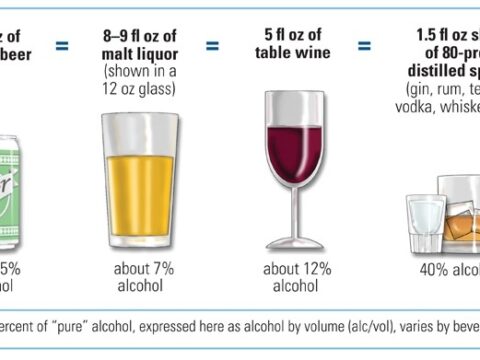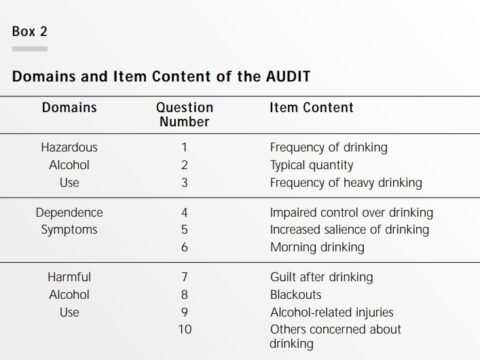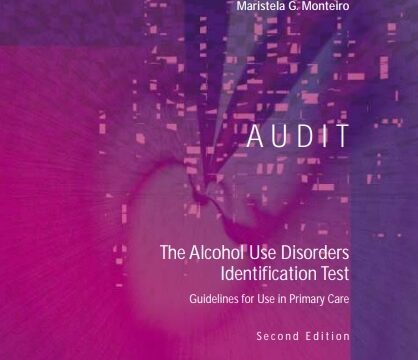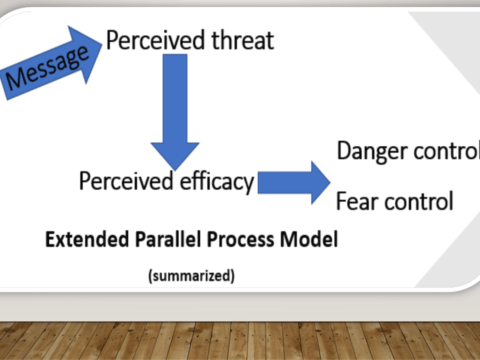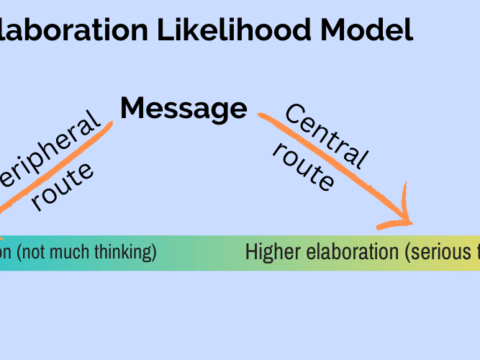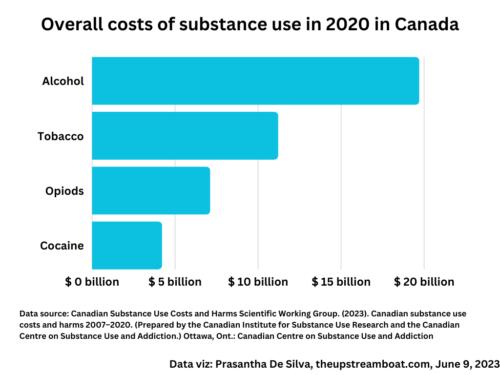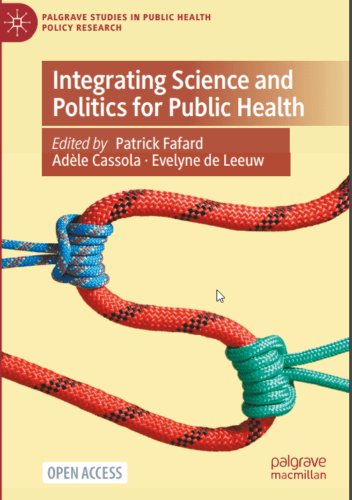Author: Prasantha De Silva
Not reporting negative results is a spin
Most often, we read only abstracts of research papers. We trust the researchers report their findings accurately. It does don’t happen always as we expect, particularly when the research ends up with non-significant primary outcomes. Instead, we find only significant secondary outcomes. This is also a type of spin and academic mischief. And, sometimes, we do not even find significant adverse effects due to the study intervention as well. These types of spin occur in randomized trials. We know that randomized trials carry the highest level of evidence strength in research. In this study design, we compare a new treatment…
Spinning in writing recommendations of observation study results
In my previous post, I dealt with how spin occurs in reporting observational studies: The use of causal language in reporting findings of observational studies. This post adds another spin method that occurs frequently in reporting results of observational studies: making recommendations based on results from observational study designs. Observational studies are very useful in science; however, we cannot make clinical recommendations for practice based on findings only from observational studies. This is because these study designs allow us only to determine prevalence, and incidence or demonstrate either associations or correlations. And, indeed, it does not allow inferring causation. However,…
Distortion in reporting observational studies
Image by StartupStockPhotos from Pixabay The distortion of research findings happens; it is a big problem; it is scientific mischief, Robert H Fletcher 1 and Bert Black reported in the Medical Law journal in 2007. Sometimes, researchers do that consciously but not always; it can also happen unconsciously. Spin in scientific reporting can result in profound negative implications, not only for our health but in the legal sector also. Spin occurs when we interpret data because our interpretations are subjective. In this Tasnim Elmamoun‘s post, on the recognising spin in scientific literature, published on the PLOS SciComm Blogs, this discussion goes deeper….
ATP molecule as a coin in a slot machine
“Adenosine Tri Phosphate (ATP) works like a coin in a slot machine. It powers on to turn as a machine that promptly shuts down again afterward. In the case of ATP, the machine is typically a protein. ATP powers a change from one stable state to another, like flipping a switch from up to down. To flip it back again requires another ATP, just as you have to insert another coin in the slot machine to have a second go”. The above paragraph describes how the ATP molecule assists living cells to produce energy. Nick Lane, a renowned evolutionary biochemist…
Quantifying alcohol-related problems with AUDIT
Is it possible to quantify alcohol-related problems? Among many, the Alcohol Use Disorders Identification Test (AUDIT) is one of the most widely used tools to quantify and categorise risk levels for alcohol-related problems. This 10-item instrument came out of a multi-centre study executed by the World Health Organization (WHO). I am describing the test in this post. AUDIT (Alcohol Use Disorders Identification Test) The AUDIT – the 10-item questionnaire – screens for alcohol-related problems within 10 minutes. In 2001, the WHO published the tool as a freely available booklet. You can access it through this link: AUDIT test. Thomas Babor, John…
Adapting Alcohol use disorders identification test: AUDIT
In my last two posts, I discussed the Alcohol Use Disorders Identification Test (AUDIT), the standard drink size concept, and the challenges faced when administering the AUDIT’s quantify-frequency questions. In this post, I will discuss how I met the above challenges. Anyone interested can adapt the steps I followed. I have presented these steps in several scientific forums in various cities. In 2017, I presented it as a poster at the Canadian Association for Global Health (previously Canadian Society for International Health) Conference in Ottawa held on the 29th of October 2017. At the end of this post, you can…
Measuring alcohol consumption
While I was validating the AUDIT – a tool widely used to quantify alcohol consumption and related problems – to the Sri Lankan context, although researchers and practitioners all over the world have been using it for decades, I faced many difficulties in translating its first three questions: the quantity-frequency questions. However, I overcame the challenge. Before explaining the method which could be adapted by anyone in any cultural setting, I again will describe the first three AUDIT questions and the challenges of using it. Keep in mind that these questions refer to the past 12 months from the date of…
How to estimate the amount of alcohol consumed
The problem Estimating the amount of ethanol consumed accurately is difficult but essential to identify risk groups for alcohol-related problems. The varying ethanol content in different alcohol brands becomes one of the main challenges. The ethanol content in different types of alcoholic beverages varies as follows; 5% in beer; 10% – 12% in wine, and 40% in spirits. Think of this question; How much pure ethanol is consumed by an individual when they drink two glasses of spirits?’ To answer this question, we need to know the percentage of pure ethanol in the particular spirit brand and the total amount…
Influence of message framing on climate action
How we frame our messages influence how we take climate action. The Climate crisis is real; it is happening. And, people are concerned about it. However, few seem to be willing to act upon it as in the case of any other problem in our daily lives. What type of climate change messages are more persuasive? On October 20, 2022, a Nature article, by Niheer Dasandi et al showed that when we frame climate messages in a positive frame, highlighting health and environmental impact and global immediacy bolster public support. Positive framing is more persuasive. This is not a new…
This message is good for “others”, not for me.
This is about the classic “third-person effect”; it is not for me (the first person), or you (the second person), it is for others (the third person). Think about this real scenario: A group of researchers showed a set of messages prepared against drink-driving to a group of 201 drivers. They asked the respondents, among many, the following two questions: 1. To what extent you would be influenced by these advertisements?” 2. To what extent other drivers, in general, would be influenced by these advertisements”. The response items ranged from 1 (not influenced at all) to 7 (extremely influenced). The…






